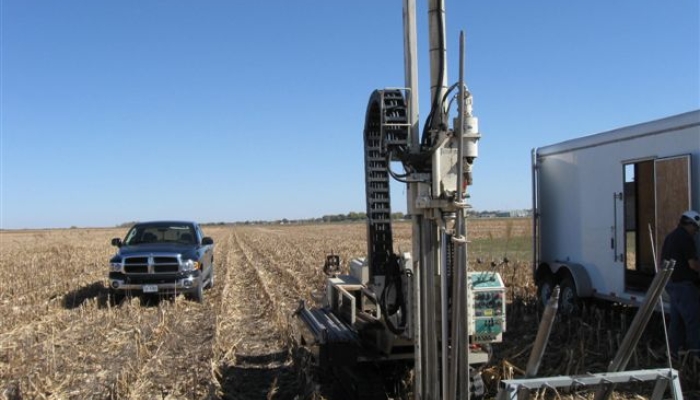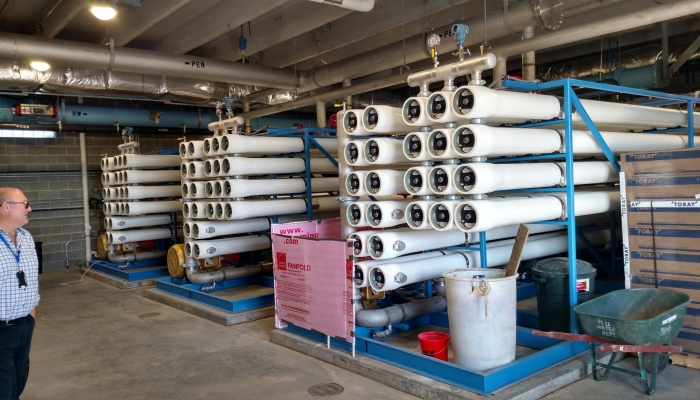Soil Nitrate Levels Increasing in Hastings, Study Shows
The level of nitrate and other elements associated with negative health outcomes are rising in the soil in the Hastings Wellhead Protection Area, according to a study from Dr. Dan Snow, research professor with the Nebraska Water Center. In 20-30 years, Snow estimates that these compounds will reach the groundwater, causing additional drinking water contamination.
“Increasing groundwater nitrate-nitrogen concentrations have been impacting the quality of water delivered by Hastings, Nebraska, public supply wells for the past decade or more,” Snow reports. This problem led to the construction of a $46 million aquifer storage and recovery system to remediate for nitrogen in 2017. While this facility is improving the quality of the drinking water in the short term, a better solution for the future would be to understand the sources of contamination and prevent additional contamination from occurring.
Snow’s latest research on nitrates in the vadose zone (the soil between the surface and the water table, also known as the unsaturated zone) compared soil samples collected in Hastings in 2011 and 2016. The samples were drawn from various depths and situations (residential, parks, livestock barn, dryland and irrigated crop land) in 32 locations. Some samples reflected declines in soil nitrogen over that five-year period, but most saw an increase. The average change across all locations was a 30 percent increase in nitrate-nitrogen in the soil. The highest level of increase was beneath gravity irrigated cropland. Increases were also seen in high density livestock feeding operations.
 Snow also looked at increases in atrazine and uranium in the soil samples. He posits that the increasing nitrate-nitrogen load fuels microbial activity, which mobilizes arsenic and uranium. This increased mobility along with other factors in the environment allows the compounds to leach into the groundwater.
Snow also looked at increases in atrazine and uranium in the soil samples. He posits that the increasing nitrate-nitrogen load fuels microbial activity, which mobilizes arsenic and uranium. This increased mobility along with other factors in the environment allows the compounds to leach into the groundwater.
“More effective management of nitrate leaching must include better management of both fertilizer and water use,” Snow concludes, noting that less efficient irrigation methods lead to greater increases in nitrate-nitrogen loss.
The board of directors of the Upper Big Blue Natural Resources District heard a presentation from Snow on this research at the board meeting held on July 23. While only a small portion of the Hastings Wellhead Protection Area is covered by the Upper Big Blue NRD, the research has broader application, as many areas of the district are dealing with increasing nitrogen load in the soil and water.


